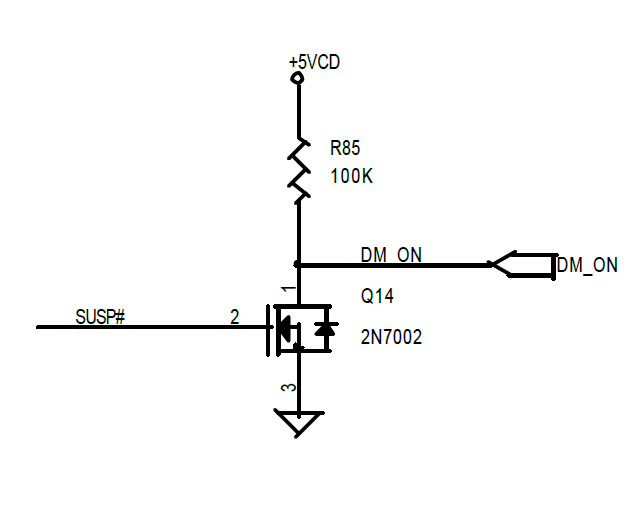Answer the question
In order to leave comments, you need to log in
Hardware turning on the computer: how to close the circuit using a relay?
The situation is as follows: there is a computer (motherboard gigabyte z77-d3h ( www.gigabyte.ru/products/page/mb/ga-z77-d3hrev_10 )), it is turned on with a button that closes 2 wires (which I have already taken out of the computer) , they have a voltage of 3.3 V; current flows - 0.4mA (measured with a tester as well as voltage); I want to close them.
To do this, I have a Banana Pi-M1 board (analogous to raspberry-pi) ( www.bananapi.com/index.php/component/content/artic... ), whose Gpio (if I found and measured everything correctly) gives about 3.3 V voltage and no more than 0.16 mA (infa from here: raspberrypi.stackexchange.com/questions/9298/what-... ). It is proposed to connect the whole thing through a relay (opto-relay - a solid-state relay) ...
Those. the scarf will be connected by one of the gpio pins to the positive of the relay, by the ground pin to the minus of the relay, and the computer circuit will be closed through the switched (if I understand everything correctly) relay contacts. The question actually is how to choose this very relay, how to connect it, so that all this does not burn out and is safe.
In other words, there are 2 pins: 1 - ground, 2 - +3.3 volts, how to close another circuit with their help?
With electronics, everything is not very smooth for me. Before that, I came here with the same question, but in less detail. I would very much like to get a detailed diagram or advice, because I have no confidence in this matter. Commercial offers are also considered.
PS all comments on the idea and advice, of course, are welcome.
The WakeOnLan option has been temporarily abandoned :(
Answer the question
In order to leave comments, you need to log in

If it is fundamentally decoupled, then certainly not a relay, but an optocoupler to use.
Through any controlled npn / pnp transition: trinistor, transistor, etc.
Don't forget a capacitor in parallel with the relay to form the initial pulse.
Something I misunderstood. Why close them? Current flows through the wires, if you press the button, it will continue to move. A comparable current flows from your board. So let it go through the optocoupler to the receiving wire. Why arrange a closure?
The mother will accept the signal, give her a buoy from where the signal came from.
Didn't find what you were looking for?
Ask your questionAsk a Question
731 491 924 answers to any question